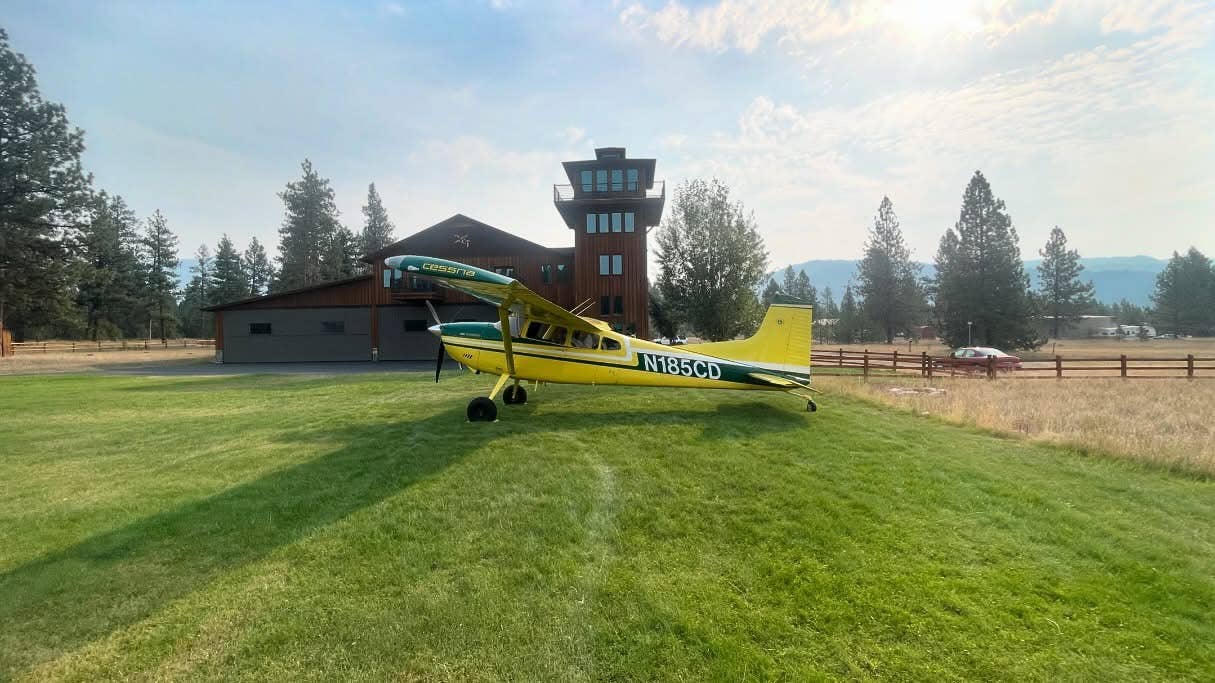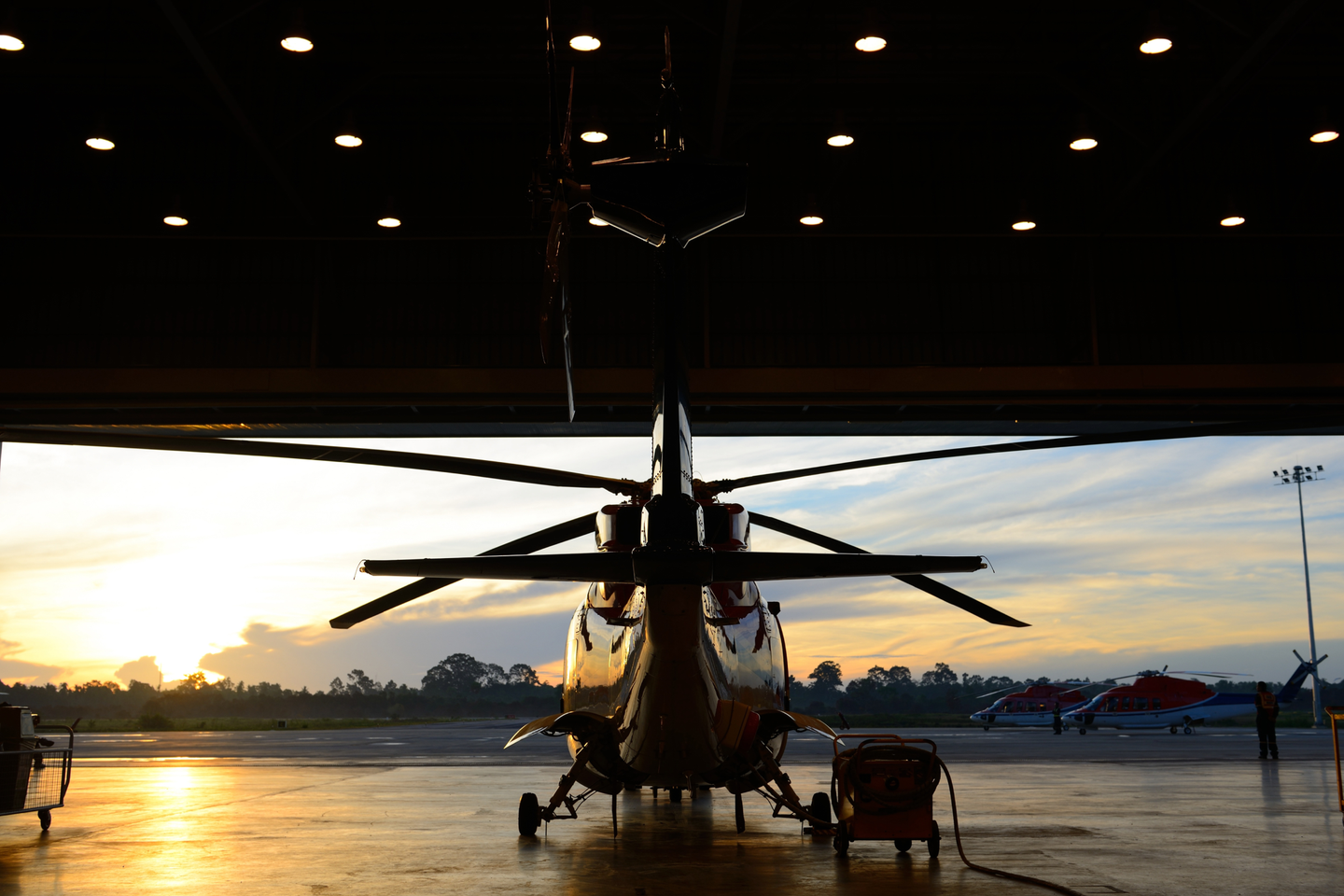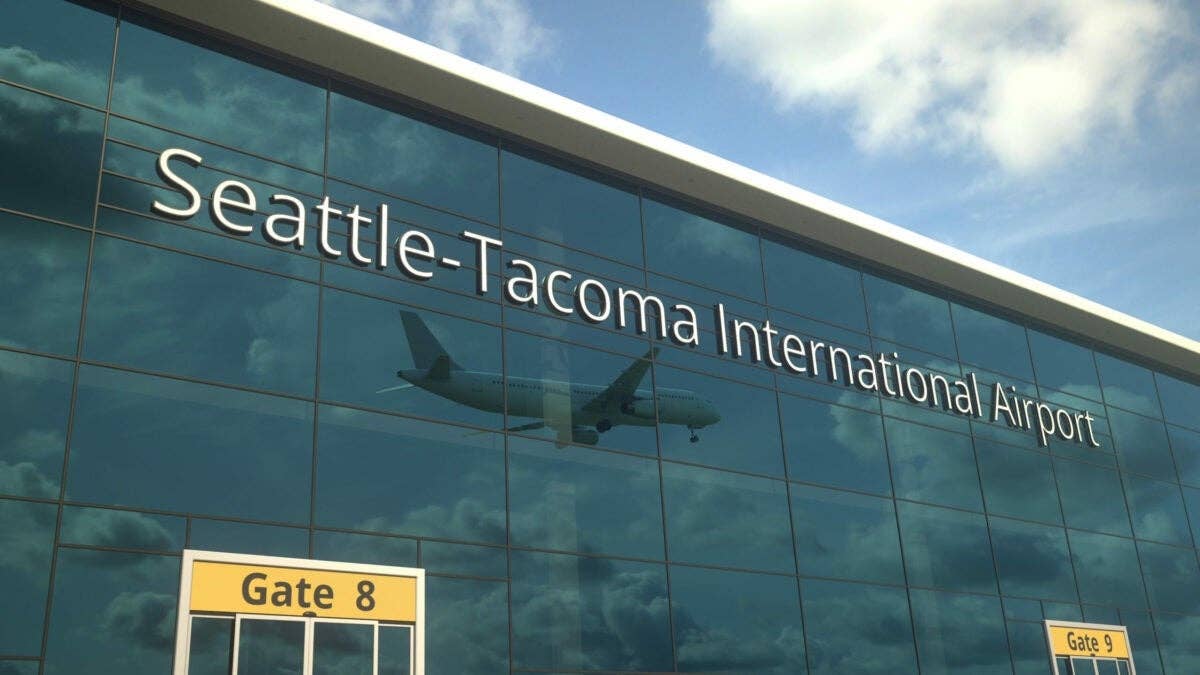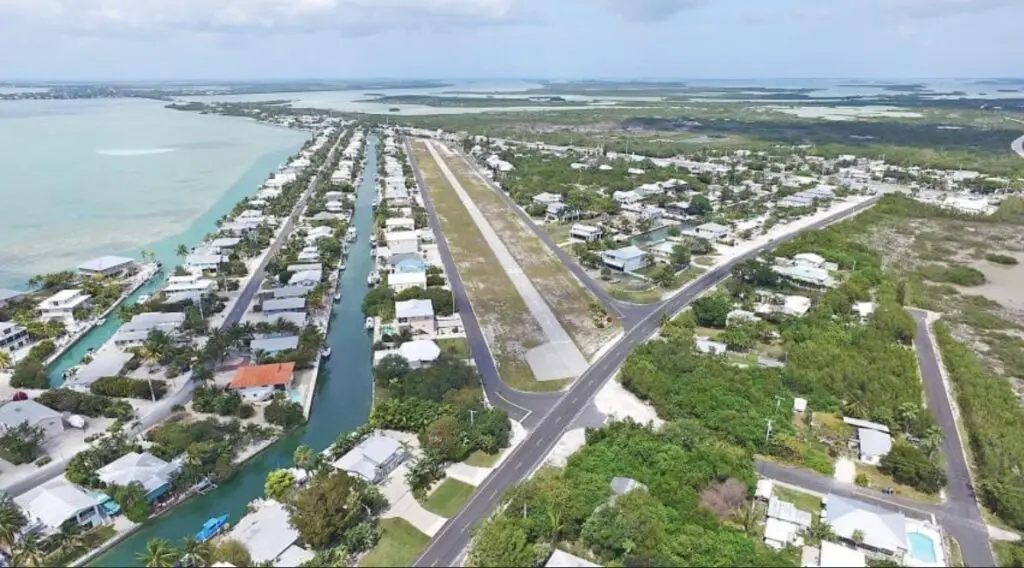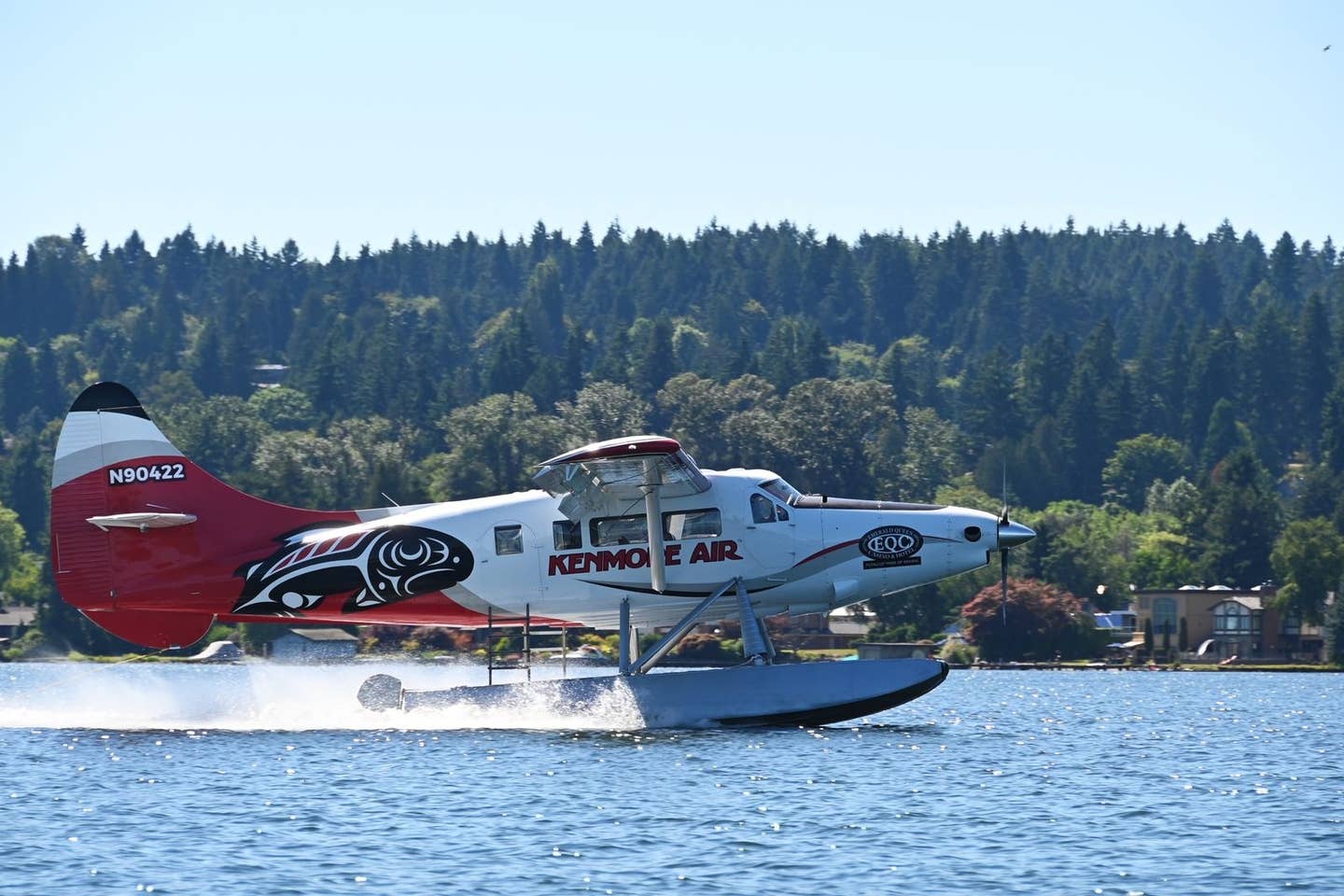Seeking Growth as a Pilot? Start by Visiting Gliderports
Gliders present an intriguing challenge for pilots, and they require a high level of commitment and control because they have no engine.
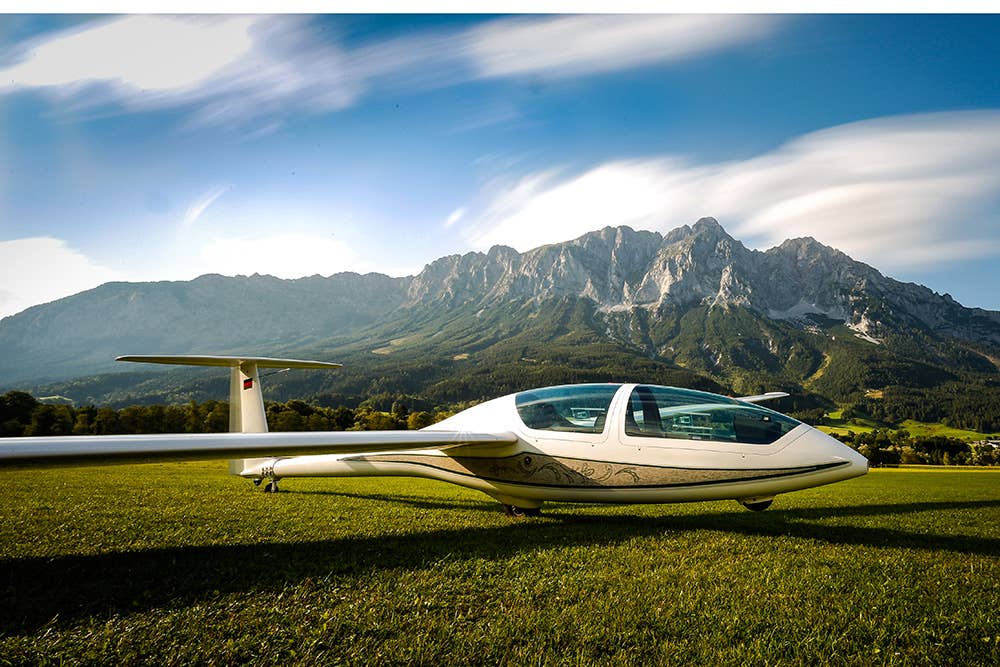
Glider pilots have a special level of situational awareness. [File photo: Adobe Stock]
For many pilots, soaring in a glider represents a purer form of flight than being driven through the air by an engine. For others, the quiet aircraft circling overhead, with their long, high-aspect-ratio wings, are more of a curiosity.
Some even consider soaring a fringe activity, like the indignant pilot who once told me, “You know, lots of those planes don’t have radios.”
While I think I would feel terribly vulnerable flying without my radio, I can also appreciate the appeal of leaving it behind, especially in a glider. I wouldn’t necessarily want to listen to random pilots entering the pattern at a distant airport as I tried to concentrate on the tone of the variometer (the instrument that tells you how quickly you are climbing or descending).
While it isn’t the highest-profile category of flying, gliding has been a key component of aeronautical development stretching back farther than the Wright brothers, and it still is today. This week, a glider that flew higher than the famous U-2 spy planes made its debut at EAA AirVenture in Oshkosh, Wisconsin.
Ever since my father bought me a glider ride as a birthday present when I turned 11, part of me has wanted to soar again. This might be the year. I have become accustomed to spotting gliders as they work thermals thousands of feet up or ride waves along the ridges that mark my usual Northeastern flying territory. I marvel at the level of control many glider pilots demonstrate. It is a special level of situational awareness that allows pilots to know precisely how far they can glide before reaching the ground.
Several airports in my area are home to active soaring groups, including Soaring Society of America chapters. I often stop in to watch them fly, especially if there is a competition going on. Over the years, I have met people who have flown hundreds of miles across several states in gliders. It sounds like an adventure worth pursuing. I think I will schedule a lesson before my next visit, to see what remains of my inner 11-year-old.
Below are a few of the top soaring airports, or gliderports, in the U.S. The complete list is much longer and probably includes a field near you. Like me, you may be intrigued by gliders. Next time you are near one of these spots, when the weather is right and you see gliders staging on the ramp, you may wish to stop in and inquire about glider lessons or taking a glider discovery flight.
Blairstown Airport (1N7)
Blairstown, New Jersey
This is where that first flight I mentioned took place in 1977. Since then, the scene at this 1940s-era airport has changed little. The picnic tables are still arranged under a canopy of trees, people still drive, walk, and ride in on bikes for breakfast or lunch at the airport cafe, and the Piper PA-25 towplane is still busy. Last weekend, my son and I flew in and enjoyed the glider action over sandwiches and coffee. Earning a glider rating there would be a return to my roots.
Seminole Lake Gliderport (6FL0)
Groveland, Florida
While gliders share space with powered aircraft at many soaring airports, Seminole Lake Gliderport is really all about the gliders. When they say “gliderport,” they mean it. However, you can land there as long as you get permission first. As one of the best-known and busiest glider operations in the country, Seminole has become a destination for people seeking private and commercial glider ratings, in part because of the agreeable weather.
Moriarty Municipal Airport (0E0)
Moriarty, New Mexico
Weather-wise, New Mexico is also a good place to soar, and Moriarty is home to the Albuquerque Soaring Club, a group established in 1960. The club says it has about 80 active members with 40 private aircraft ranging from basic Schweizer 1-26s to a rather exotic Duo-Discus. Soaring conditions around Moriarty might make pilots in the Northeast blush. Thermals that carry gliders to 22,000 feet and 34,000-foot mountain waves are just the beginning. The club says many members record flights in excess of 300 miles each year.
Nephi Municipal Airport (U14)
Nephi, Utah
Gliding is generally excellent out west, and Utah is another place with conditions that attract glider enthusiasts. Home to the Utah Soaring Association with 80-plus members, the airport hosts powered and glider operations and publishes an extensive list of etiquette considerations for pilots in both groups. These include telling glider pilots to stay with their aircraft while on the ground and to be ready to push them out of the way when powered aircraft approach the runway or taxiways.
Inyokern Airport (KIYK)
Inyokern, California
Another busy soaring spot convenient to mountains, this time the Sierra Nevada, Inyokern is home to the Sierra Soaring Club. The group’s site says members fly on weekends, holidays, and whenever they can get away from work. The club is notable for its collection of vintage gliders from the 1960s through the 1980s, including a Schweizer 1-34, 1-35, and a Blanik L-23. These are all aircraft you do not see every day.
Ephrata Municipal Airport (KEPH)
Ephrata, Washington
Once known as Ephrata Army Airfield, a training base for B-17 bomber crews during World War II, the airport was turned over to county authorities and developed into a commercial airport. Today, a glider group called Evergreen Soaring operates from the airport, where it hosts soaring competitions and its members regularly earn badges for distance, endurance flights, and other soaring tasks.

Sign-up for newsletters & special offers!
Get the latest FLYING stories & special offers delivered directly to your inbox

